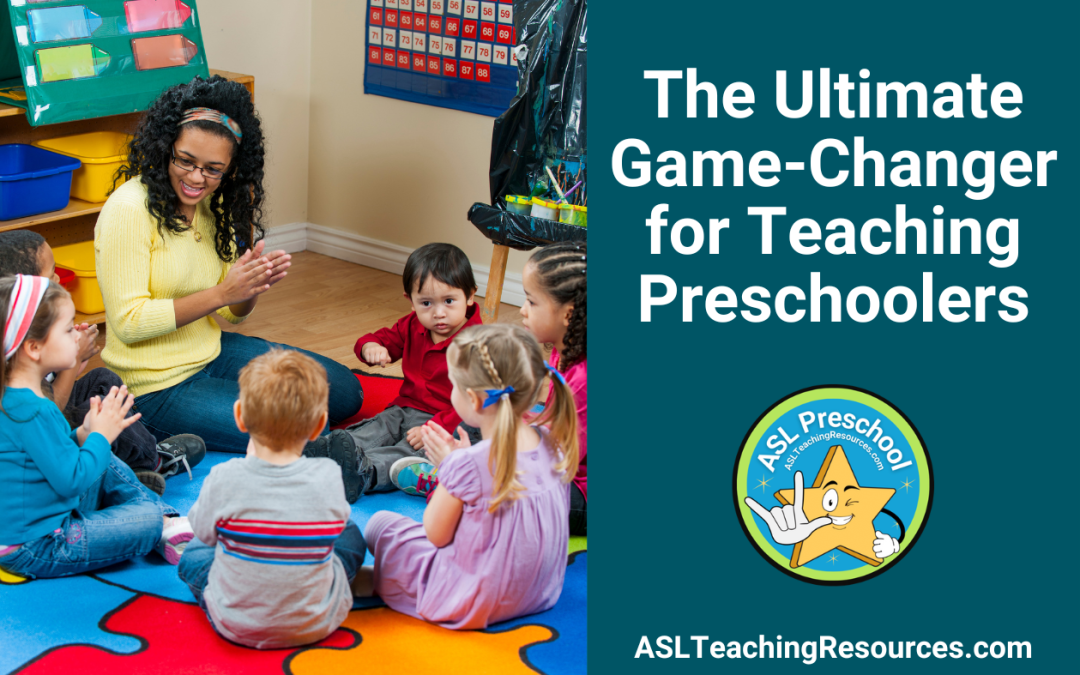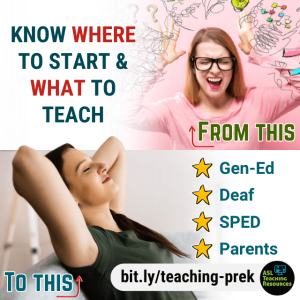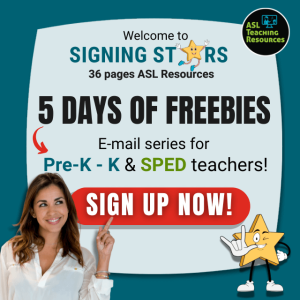Are you ready to revolutionize your preschool classroom? Discover the game-changing power of American Sign Language (ASL) in early education! By incorporating ASL into your teaching preschoolers toolkit, you’ll boost your classroom management and unlock a world of potential for your young learners. Let’s explore how Sign Language can transform your preschool experience:
Unlocking Potential: Sign Language for Early Education
Sign language is a powerful tool for early childhood education, offering numerous benefits for preschoolers of all abilities. Incorporating American Sign Language (ASL) into your preschool curriculum can enhance communication skills, boost cognitive development, and foster inclusivity in the classroom.
Teaching Preschoolers with ASL
Integrating ASL into your preschool teaching strategy creates a rich, multi-sensory learning environment. This approach supports language development and improves memory retention and visual-spatial skills. By using signs alongside spoken language, educators can reinforce concepts and provide additional cues for understanding, which is particularly beneficial for visual learners. Our ASL-supported preschool curriculum, Signing Stars, is designed to integrate seamlessly into your daily lessons and routines. With expertly crafted resources, you can easily incorporate sign language into various activities, from storytelling to music and movement.
ASL for Kids: A Foundation for Success
Introducing ASL to young children can have far-reaching effects on their educational journey. Research shows that learning Sign Language at an early age can:
- Enhance vocabulary development
- Improve reading skills
- Boost overall communication abilities
- Foster empathy and cultural awareness
Our Signing Stars pre-k curriculum caters to diverse learning needs, making it ideal for general education classrooms and special education settings. Providing inclusive materials ensures that all children—including the deaf or hard of hearing—can fully participate and thrive.
Sign Language for Early Education: A Game-Changer
Implementing sign language in early education settings offers numerous advantages:
- Improved Communication: ASL provides an additional channel for expression, particularly beneficial for children with speech delays or language barriers.
- Enhanced Cognitive Skills: Sign language’s visual and kinesthetic nature supports memory formation and recall.
- Inclusive Learning Environment: By incorporating ASL, educators create a more accessible and welcoming space for all students.
Teaching Preschoolers is Easy with Signing Stars
Our comprehensive Signing Stars preschool curriculum includes a variety of resources to support you:
⭐️ Detailed lesson plans
⭐️ Engaging activities and games
⭐️ Visual aids and printables
⭐️ Video tutorials for educators
⭐️ Scope and sequence
⭐️ Vetted video library
By choosing our ASL-supported preschool curriculum, you’re not just teaching language – you’re opening doors to a world of communication and understanding for your young learners. ⭐️ Want to see how ASL fits into your preschool curriculum? This Sign Language for PreK and Special Education resource is the perfect starting point. This freebie showcases how easily ASL can be integrated into your daily lessons!
⭐️ Grab Your Signing Stars Freebie Today! ⭐️
Embrace the power of Sign Language in early education and watch your preschoolers flourish. With our expertly designed curriculum, you’ll have all the tools necessary to create an inclusive, engaging, and effective learning environment.
Related ASL Resources
- Signing Stars Preschool Curriculum
- Teaching Sign Language in the Classroom: 5 Simple & Fun Ways
- 15 Sign Language Advantages & Classroom Strategies for Students
- Sign Language in the Elementary Classroom
- Building Global Momentum to Introduce Sign Language in Early Childhood Education
- Benefits of Sign Language for Autism
- Success for Kids with Hearing Loss
- ASL Picture Books




